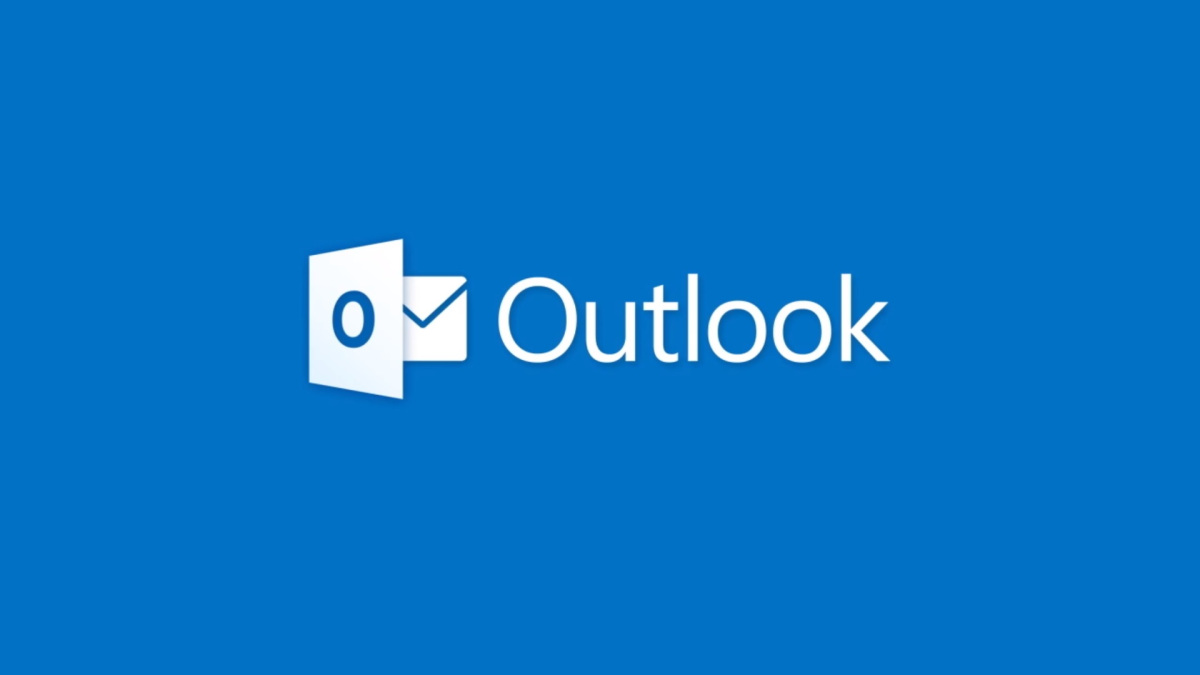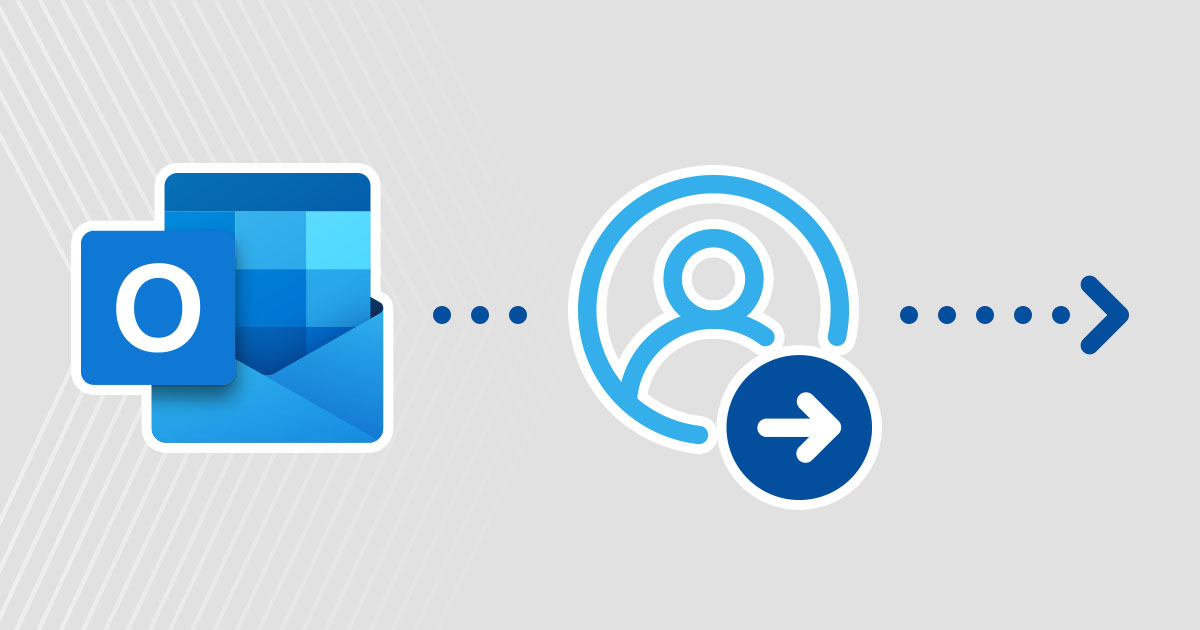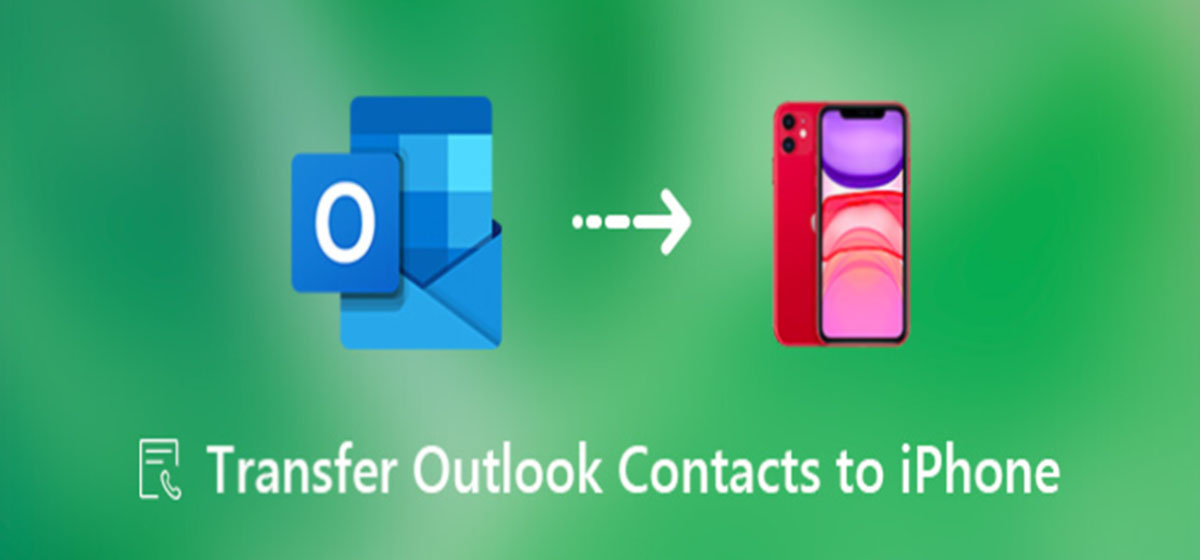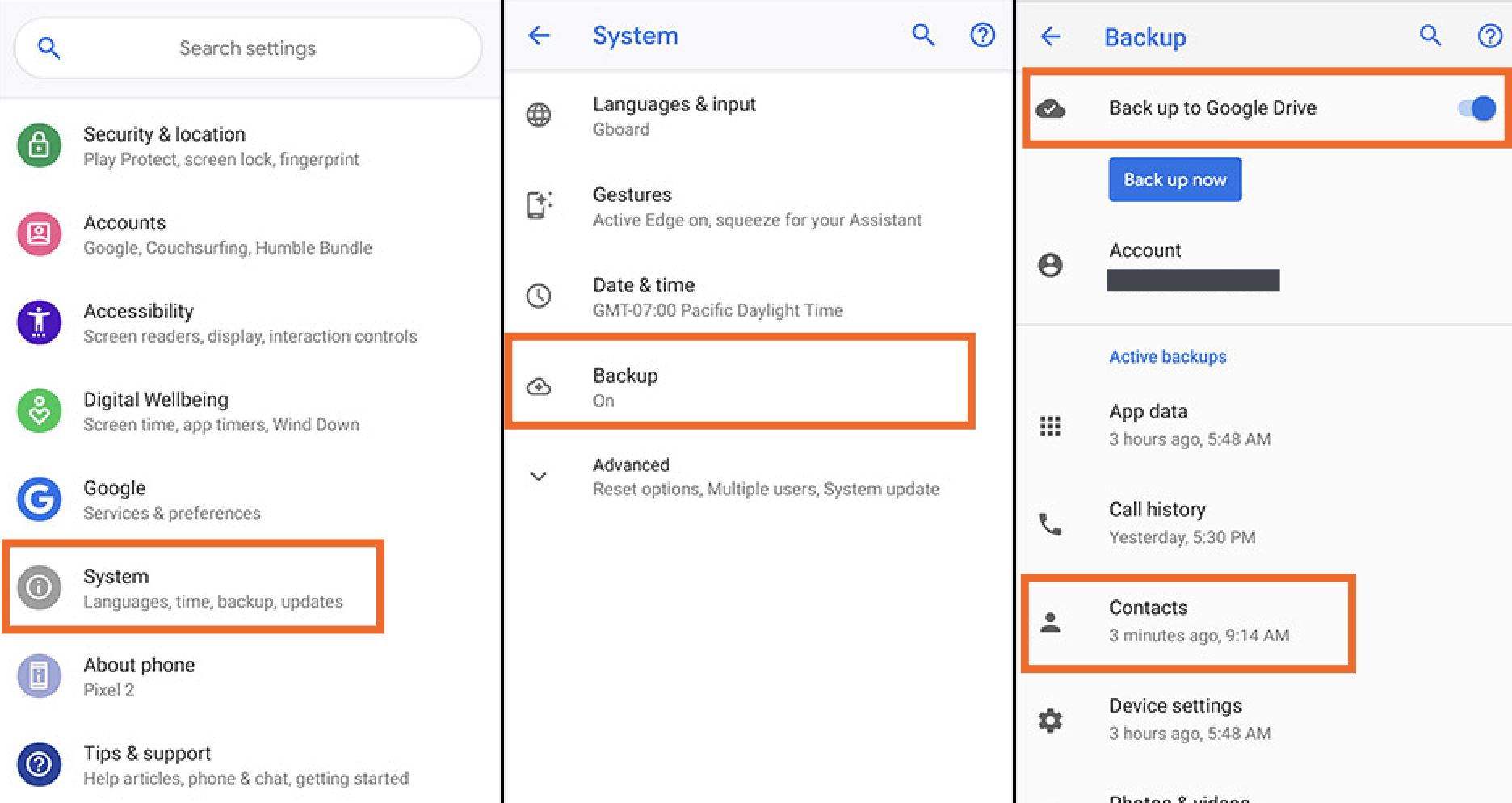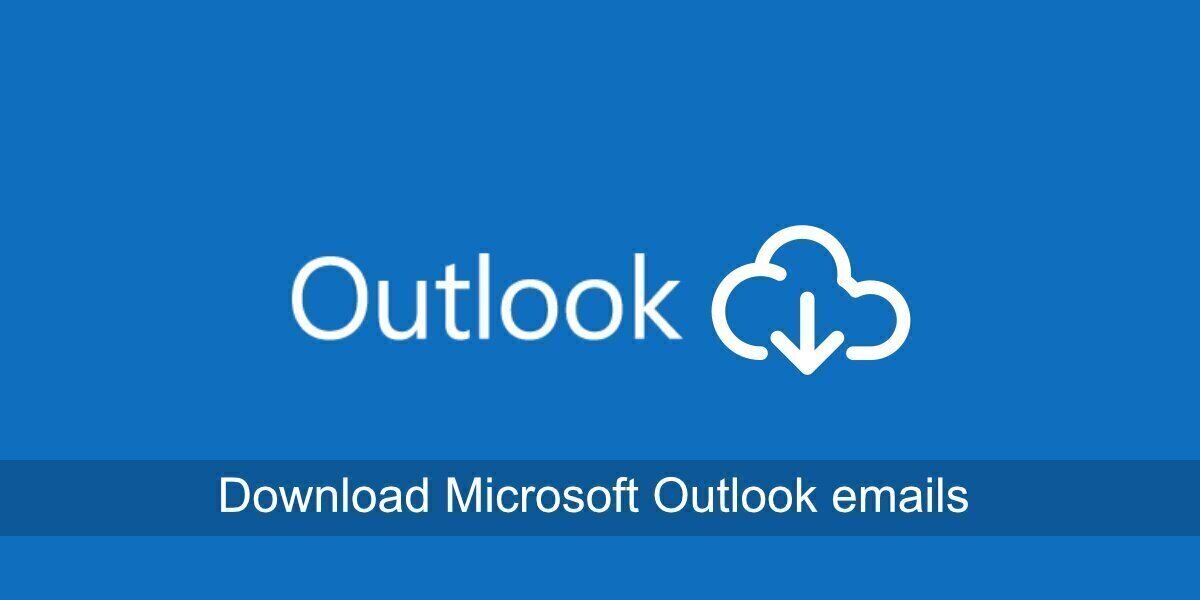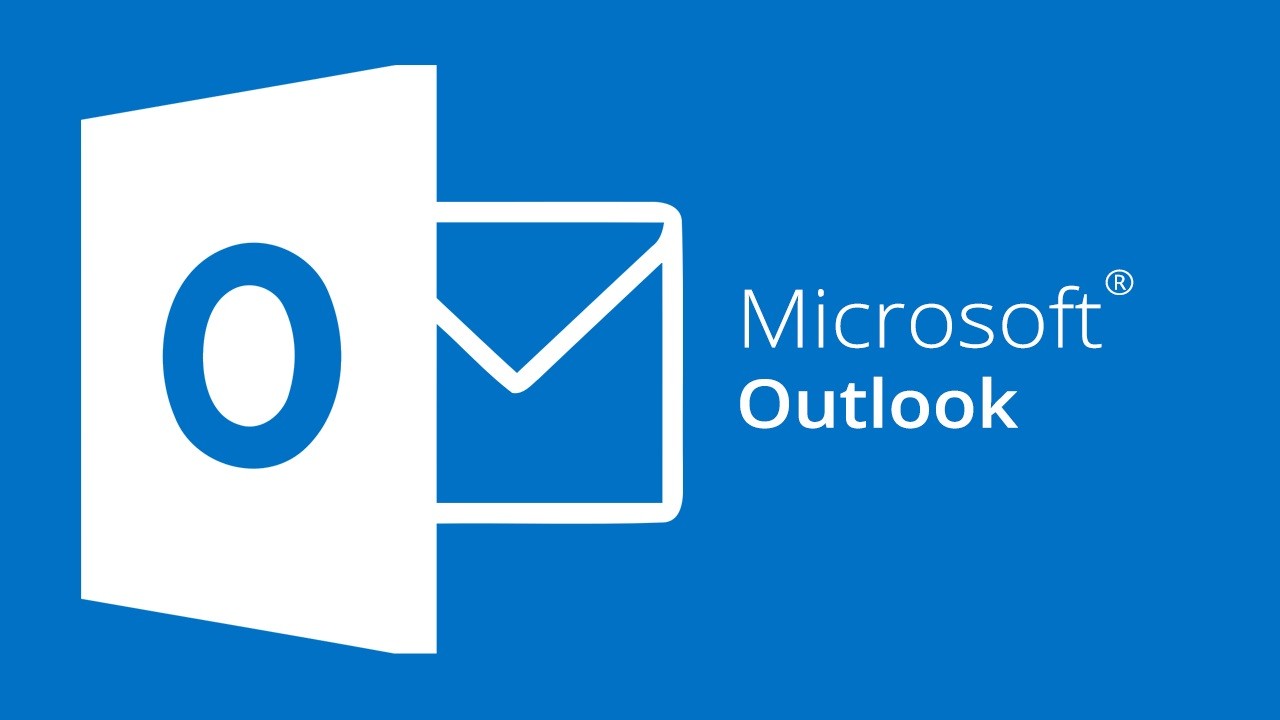Introduction
Outlook is a popular email and personal information management software developed by Microsoft. It provides a wide range of features and functionalities to help you stay organized and communicate effectively. One of the key features of Outlook is the ability to manage and store your contacts. Whether it’s business associates, clients, or personal connections, having a well-maintained contact list can be immensely beneficial.
However, there may be times when you need to download your contact list from Outlook for various reasons. It could be for backup purposes, migrating to another email client, or simply to have a local copy of your contacts. Whatever the reason may be, the process of downloading your contact list from Outlook is relatively straightforward.
In this article, we will guide you through the steps to download your contact list from Outlook. We will provide easy-to-follow instructions and include screenshots to ensure that you can successfully export your contacts without any hassle. Whether you are using Outlook for Windows or Outlook for Mac, we have got you covered. So, let’s get started and learn how to download your contact list from Outlook.
Step 1: Open Outlook
The first step in downloading your contact list from Outlook is to open the application on your computer. Locate the Outlook icon on your desktop or in the Windows Start menu and double-click on it to launch the program. If you are using Outlook for Mac, you can find it in the Applications folder or by searching for it in Spotlight.
Once you open Outlook, you will be prompted to sign in with your email address and password. Enter the required information and click on the “Sign in” button to access your Outlook account. If you have multiple accounts connected to Outlook, make sure to select the one from which you want to download the contact list.
Once you are signed in, Outlook will open to your inbox, where you can view your emails. To proceed with downloading your contact list, you will need to navigate to the Contacts tab in Outlook.
If you are using the desktop version of Outlook for Windows, you can find the Contacts tab on the left sidebar. Simply click on the “People” icon or the “Contacts” tab to access your contact list. In Outlook for Mac, click on the “People” icon located at the bottom of the screen to access your contacts.
By opening Outlook and accessing the Contacts tab, you are ready to move on to the next step in the process of downloading your contact list. Follow the instructions in the subsequent steps to ensure a seamless and successful export of your contacts from Outlook.
Step 2: Go to the Contacts Tab
Once you have successfully opened Outlook, the next step is to navigate to the Contacts tab. This is where all your contacts are stored and managed. By accessing the Contacts tab, you can begin the process of downloading your contact list from Outlook.
In Outlook for Windows, you can find the Contacts tab on the left sidebar. It is represented by the “People” icon or labeled as “Contacts”. Simply click on the tab to access your contact list. You may see the contacts displayed in different views, such as a list, business card, or an expanded view, depending on your preference. You can switch between these views by clicking on the corresponding icons on the toolbar.
If you are using Outlook for Mac, you can find the Contacts tab at the bottom of the screen. It is represented by the “People” icon. Click on the icon to access your contact list. Similar to Outlook for Windows, you can choose different views for your contacts by clicking on the icons available in the toolbar.
Once you are on the Contacts tab, you will see the list of all your contacts displayed on the screen. Outlook provides various options to organize and manage your contacts, such as creating contact groups, adding new contacts, editing existing ones, and more. Take the time to familiarize yourself with the different features and functionalities available on the Contacts tab.
By reaching the Contacts tab, you have completed the second step in downloading your contact list from Outlook. Next, we will move on to the next step, which involves selecting all the contacts that you want to export. Follow the instructions in the subsequent steps to proceed with the process.
Step 3: Select All Contacts
After accessing the Contacts tab in Outlook, the next step is to select all the contacts that you want to export. This will ensure that you download the complete contact list from Outlook. Whether you have a few contacts or a large database, selecting all the contacts for export is a straightforward process.
In Outlook for Windows, you can easily select all your contacts by pressing “Ctrl + A” on your keyboard. This keyboard shortcut will highlight and select all the contacts in the current view. If you have set up different contact groups or filters, make sure to switch to the desired view before using the keyboard shortcut. Alternatively, you can also manually select each contact by holding down the “Ctrl” key and clicking on individual contacts.
For Outlook for Mac users, the process is slightly different. To select all contacts, you can click on the first contact in the list, hold down the “Shift” key, and then click on the last contact. This will select all the contacts in between. If you want to select individual contacts, you can hold down the “Command” key and click on each contact.
After selecting all the contacts, you will notice that they are highlighted or marked as selected. This indicates that you have successfully chosen all the contacts for export. Double-check to ensure that all the contacts you want to download are indeed selected before proceeding to the next step.
By completing this step, you have successfully selected all the contacts that you want to export from Outlook. Next, we will move on to the next step, where we will explore how to export the contacts to a file. Follow the instructions in the subsequent steps to continue with the download process.
Step 4: Export Contacts
Once you have selected all the contacts you want to download from Outlook, the next step is to export them. Exporting your contacts allows you to save them as a separate file that you can later import into another email client or use for backup purposes. Outlook provides a user-friendly export feature that makes this process quick and straightforward.
To export your contacts in Outlook for Windows, navigate to the “File” tab at the top left corner of the screen. Click on it to open the File menu. From the dropdown menu, select the “Open & Export” option. Another menu will open, and you need to choose the “Import/Export” option from there. This will launch the Import and Export Wizard.
In Outlook for Mac, click on the “File” tab at the top left corner of the screen. From the dropdown menu, select the “Export” option. This will display a list of export options. Choose the “Export Contacts” option to proceed with exporting your contact list.
After opening the Import and Export Wizard or Export Contacts menu, you will be presented with a list of various import and export options. Select the “Export to a file” option and click “Next” to continue.
On the next screen of the wizard, you will see a list of different file types that you can export your contacts to. The most common file format for exporting contacts is the “Comma Separated Values” (CSV) format, which is widely supported by various email clients and contact management systems. Select the CSV format and click “Next”.
Now, choose the location on your computer where you want to save the exported file. You can browse through your folders and select a specific location, or you can choose the default save location provided by the wizard. Once you have chosen the destination, type in a descriptive name for the exported file, ensuring that you include the file extension .csv at the end. Then, click “Finish”.
By completing this step, Outlook will start exporting your selected contacts to the specified file format and save it in the chosen location on your computer. The duration of the export process will depend on the number of contacts you are exporting. Once the export is complete, you will receive a confirmation message.
Congratulations! You have successfully exported your contacts from Outlook. The next step is to save the exported file, as we will cover in the following step.
Step 5: Choose the File Format for Export
After selecting the contacts you want to export from Outlook, the next step is to choose the file format for the export. Outlook provides you with different file format options to ensure compatibility with various email clients and contact management systems. By selecting the appropriate file format, you can ensure a seamless import of your contacts into the desired application.
In Outlook for Windows, after navigating to the “File” tab and selecting “Open & Export”, you will be presented with the Import and Export Wizard. Choose the “Export to a file” option and click “Next”. On the next screen, select the desired file format from the list of options provided. The most common file format for exporting contacts is the “Comma Separated Values” (CSV) format. Select the CSV format and click “Next”.
For Outlook for Mac users, after clicking on the “Export” option under the “File” tab, a list of export options will be displayed. Choose the “Export Contacts” option, and you will be prompted to select the file format for export. Similar to Outlook for Windows, select the “Comma Separated Values” (CSV) format to ensure compatibility with other applications.
The CSV file format is a widely supported format for exporting contacts. It allows you to save contact information, such as names, email addresses, phone numbers, and more, in a well-organized, comma-separated format. The CSV file can be easily imported into various email clients, contact management systems, and spreadsheet applications for further use and manipulation.
However, if you have specific requirements or the application you intend to import the contacts into requires a different file format, consult its documentation or support resources to determine the appropriate format. Outlook provides other file format options, such as Excel workbook (.xlsx), Outlook data file (.pst), and vCard (.vcf), which you can select if needed.
By choosing the appropriate file format for export, you are ensuring a smooth transfer of your contacts to the desired application. Once you have selected the file format, proceed to the next step to save and finalize the export process.
Step 6: Save the Exported File
After selecting the file format for export, the next step is to save the exported contact file. This will allow you to store the exported contacts on your computer and use them in other applications or for backup purposes. Outlook provides options to choose the desired location and filename for the exported file, ensuring convenient access and organization.
In Outlook for Windows, after choosing the file format and clicking “Next” in the Import and Export Wizard, you will be prompted to select the location where you want to save the exported contact file. You can either choose the default location provided by the wizard or browse your computer to select a specific folder. It is recommended to choose a memorable and easily accessible location.
Next, assign a descriptive name to the exported file. Make sure to include the appropriate file extension based on the format you selected, such as “.csv” for the Comma Separated Values format. This will help you identify the file and its purpose when you access it in the future. Once you have entered the filename, click “Finish” to save the exported file in the chosen location.
For Outlook for Mac users, after selecting the desired file format, you will be prompted to choose the export location. Similar to Outlook for Windows, you can either select the default location or browse your computer to specify a different folder. Ensure that you choose a location that is easy to remember and access.
Provide a meaningful name for the exported file, including the proper file extension. This will ensure clarity and organization when you refer to the file later. Once you have entered the filename, click “Save” to save the exported contact file in the designated location.
Congratulations! You have successfully saved the exported contact file from Outlook. Remember to make a note of the location and filename for future reference. You can now import the contact file into other applications, transfer it to a different device, or store it as a backup.
In this final step, you have completed the process of downloading and saving your contact list from Outlook. By following these simple steps, you can conveniently export and access your important contacts whenever you need them. Enjoy the benefits of having your contact list readily available and secure.
Conclusion
Downloading your contact list from Outlook is a straightforward process that allows you to have a local copy of your important contacts. Whether you need to backup your contacts, transfer them to a different email client, or simply have easy access to your contact information, exporting your contacts from Outlook ensures convenience and peace of mind.
In this article, we have provided a step-by-step guide on how to download your contact list from Outlook. From opening Outlook and accessing the Contacts tab, to selecting all the contacts and exporting them to a file, we have covered each step in detail. We have also highlighted the importance of choosing the appropriate file format and saving the exported file for future use.
Remember to regularly update and backup your contact list to avoid any loss of important information. By exporting your contacts from Outlook, you can ensure that you always have a copy of your contacts available, even if you encounter any technical issues or need to switch to a different email client in the future.
Whether you are a business professional managing a large contact database or an individual keeping track of personal connections, having your contact list easily accessible is essential. Outlook provides a user-friendly interface and export features that make the process hassle-free and efficient.
By following the steps outlined in this article, you can confidently download your contact list from Outlook and have it available whenever you need it. So, take the time to export your contacts and enjoy the convenience of having a local copy of your valuable contact information.
Now that you are familiar with the process, go ahead and download your contact list from Outlook. Stay organized, stay connected, and make the most of your valuable contacts.







